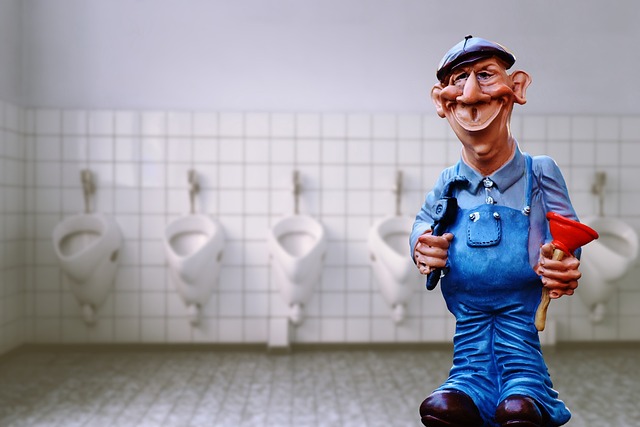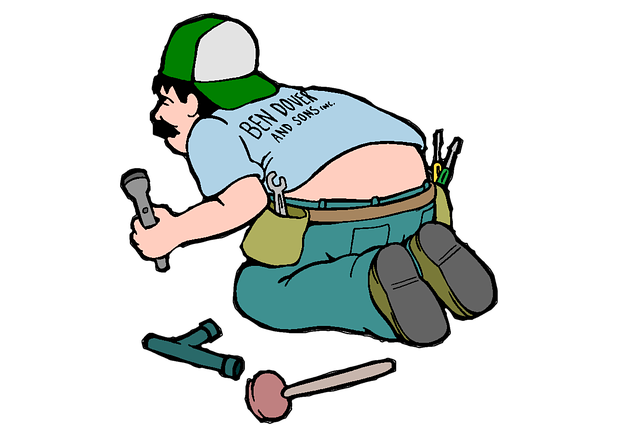Trenchless technology has revolutionized plumber's approach to sewer line repairs, offering a more efficient, less invasive alternative to traditional open-cut methods. Using specialized equipment like high-pressure water jets and fiber optics, plumbers can access and fix damaged lines from above ground, minimizing property damage and disruptions. This method, preferred for its speed, cost-effectiveness, and environmental benefits, ranges from fixing blocked drains to replacing entire sewer lines, making it a go-to choice for both residential and commercial projects.
“Revolutionize your plumbing game with trenchless technology! This cutting-edge approach transforms sewer line repairs, eliminating traditional digging and disruption. Understanding this innovative method is key for any plumber aiming to enhance efficiency and customer satisfaction.
In this article, we’ll explore the advantages of trenchless techniques, from minimizing property damage to reducing project timelines. Get ready to discover a game-changer in the plumbing industry that’s reshaping how repairs are done.”
- Understanding Trenchless Sewer Repair Technology
- Advantages and Applications of Trenchless Plumbing Techniques
Understanding Trenchless Sewer Repair Technology

Trenchless technology has revolutionized the way plumbers carry out sewer line repairs, offering a more efficient and less disruptive solution compared to traditional open-cut methods. This innovative approach allows for the repair or replacement of pipes without the need for extensive digging, making it an attractive option for both residential and commercial projects. By using specialized equipment, such as high-pressure water jets and fiber optics, plumbers can access and fix damaged sewer lines from above ground level.
The process typically involves inserting a small camera into the pipe to identify the extent of the damage, followed by the deployment of a repair device or new pipe segment. This method significantly reduces the time and cost associated with traditional trench excavation, minimizing property damage and disrupting everyday activities in the surrounding area. Trenchless technology ensures that sewer lines are restored effectively while maintaining the integrity of the surrounding landscape.
Advantages and Applications of Trenchless Plumbing Techniques

Trenchless plumbing techniques offer several advantages over traditional excavation methods, making them a preferred choice for modern plumbers. One of the key benefits is minimal disruption to the surrounding area. Unlike conventional trench digging, which can cause significant damage and require extensive restoration work, trenchless technology allows for non-invasive repairs. This is particularly advantageous in urban areas with dense infrastructure, where disrupting roads, sidewalks, or nearby buildings is a major concern.
These innovative techniques are widely applicable, from repairing small sections of pipes to replacing entire sewer lines. Plumbers can use trenchless methods to fix issues like blocked drains, leaks, or damaged pipelines without the need for massive excavation projects. This not only saves time and money but also reduces environmental impact. With its precision and efficiency, trenchless plumbing ensures longer-lasting repairs and provides a sustainable solution for maintaining and upgrading sewer systems.
Trenchless sewer repair technology is transforming the plumbing industry, offering efficient and cost-effective solutions for both residential and commercial properties. By employing innovative techniques like pipe relining and micro-tunneling, plumbers can now fix damaged pipes without the traditional invasive excavation methods. This not only reduces disruption to property owners but also provides longer-lasting repairs. With its numerous advantages, trenchless technology is a game-changer in the field of plumbing, ensuring faster, cleaner, and more sustainable restoration of sewer lines. Turn to a professional plumber for seamless integration of these modern techniques into your next project.
